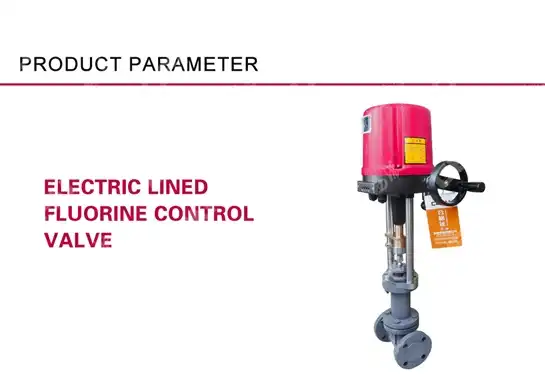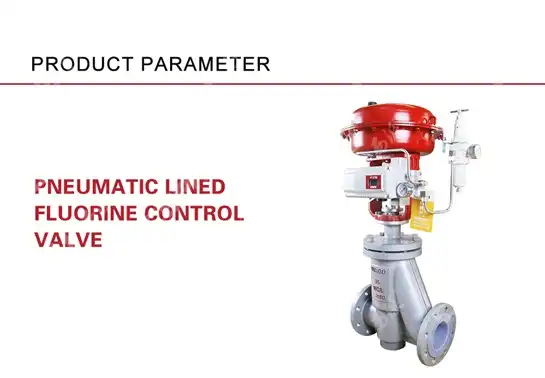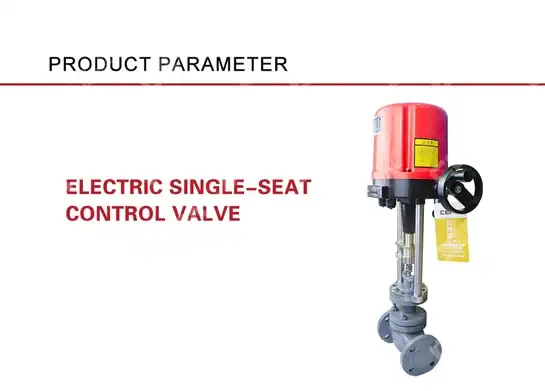Preventing Overheating: A Guide to High-Temperature Valve Installation Best Practices
Industrial facilities operating with high-temperature processes face a critical challenge that can spell disaster if left unaddressed: valve overheating. When your High-Temperature Valve systems fail due to thermal stress, the consequences ripple through your entire operation, causing unplanned shutdowns, safety hazards, and catastrophic equipment failure. The stakes are high in petrochemical plants, power generation facilities, and oil refineries where temperatures routinely exceed 500°C. This comprehensive guide provides essential installation best practices that will protect your High-Temperature Valve investments and ensure operational reliability in the most demanding thermal environments.
Understanding High-Temperature Valve Thermal Challenges
-
Critical Temperature Thresholds and Material Limitations
High-Temperature Valve systems operate in environments where traditional materials reach their performance limits. Most standard valve components begin experiencing structural changes at temperatures exceeding 400°C, with elastomeric seals failing completely beyond 200°C. Understanding these thermal boundaries is crucial for proper valve selection and installation. The metallurgy of High-Temperature Valve bodies typically involves specialized alloys such as Inconel, Hastelloy, or high-chrome steel that maintain structural integrity at elevated temperatures. These materials resist thermal expansion, oxidation, and creep deformation that would compromise standard valve performance. Temperature cycling presents another significant challenge for High-Temperature Valve installations. Repeated heating and cooling cycles create thermal fatigue in valve components, leading to micro-cracking in seat areas and body joints. The coefficient of thermal expansion varies between different materials within the valve assembly, creating stress concentrations at connection points. Professional installation practices must account for these expansion differentials through proper support design and flexible connections. Thermal shock, occurring during rapid temperature changes, can cause immediate failure in improperly installed High-Temperature Valve systems.
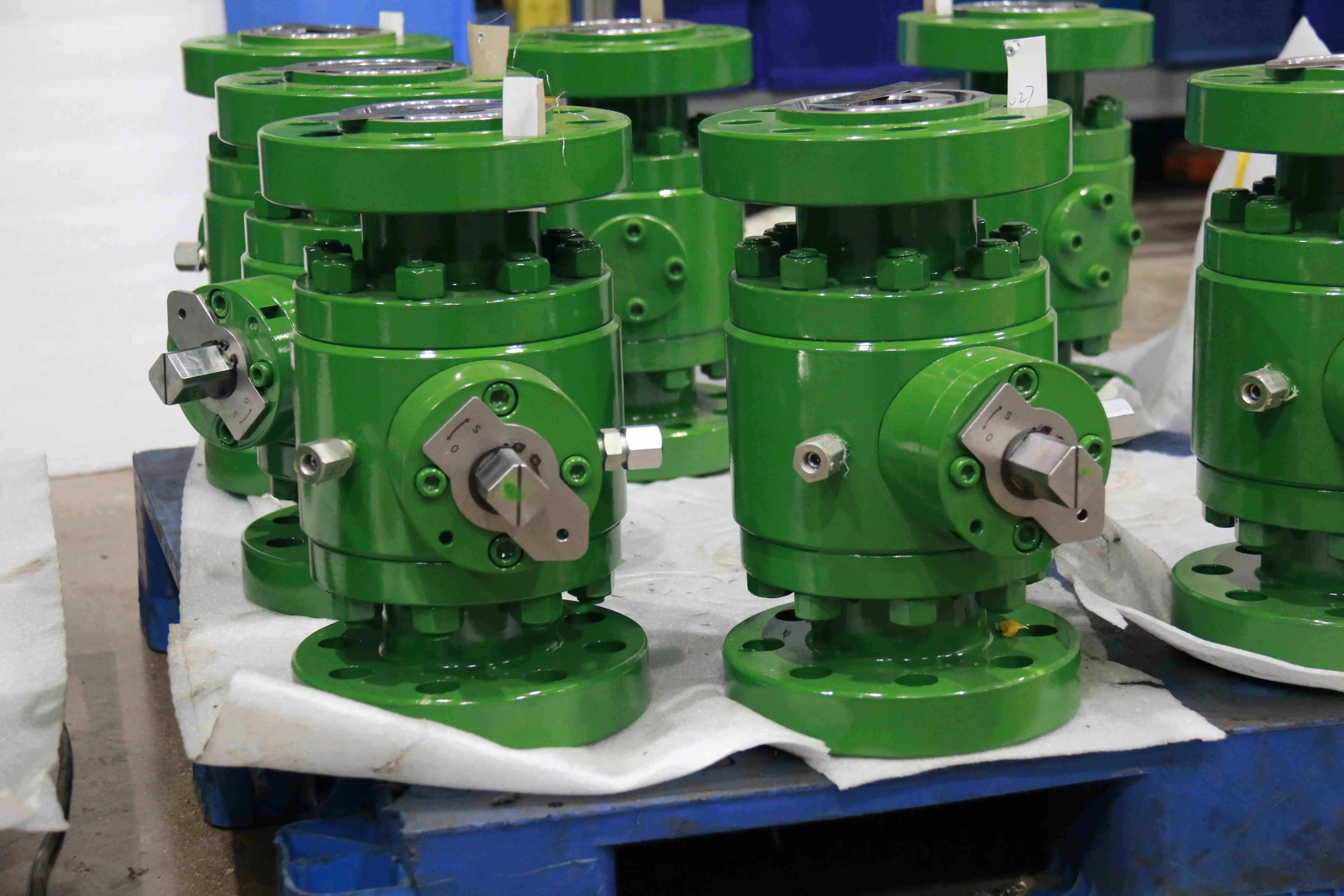
-
Heat Transfer Mechanisms Affecting Valve Performance
Conductive heat transfer through the valve body represents the primary thermal challenge in High-Temperature Valve installations. Heat flows from the process medium through the valve body to external components, potentially damaging actuators, position indicators, and control systems. Effective thermal management requires understanding heat flow paths and implementing appropriate barriers. Thermal conductivity varies significantly between valve materials, with stainless steel conducting heat approximately four times faster than cast iron, influencing installation design decisions. Convective heat transfer from external valve surfaces can create localized hot spots in surrounding equipment and piping systems. High-Temperature Valve installations must consider ambient air circulation patterns to prevent heat accumulation. Natural convection currents around installed valves can affect nearby instrumentation and control cables, requiring strategic positioning and thermal shielding. Radiant heat emission from High-Temperature Valve surfaces becomes increasingly significant at temperatures above 300°C, necessitating protective measures for personnel safety and equipment protection.
Pre-Installation Planning for High-Temperature Applications
-
Site Assessment and Environmental Considerations
Comprehensive site assessment forms the foundation of successful High-Temperature Valve installation. Environmental factors significantly impact valve performance and longevity in high-temperature applications. Ambient temperature variations, humidity levels, and atmospheric corrosion potential must be evaluated during the planning phase. Industrial environments often contain corrosive gases or particles that accelerate degradation of High-Temperature Valve components when combined with elevated operating temperatures. Site-specific conditions such as thermal cycling frequency, process medium characteristics, and emergency shutdown requirements influence installation specifications. Structural considerations become critical when planning High-Temperature Valve installations due to thermal expansion forces. Piping systems experience significant dimensional changes at elevated temperatures, creating stress concentrations at valve connection points. Proper support design must accommodate thermal growth while maintaining valve alignment and operational integrity. Foundation requirements for High-Temperature Valve installations often exceed standard specifications due to increased loads from thermal expansion compensation devices and specialized support structures.
-
Material Selection and Compatibility Analysis
Material selection for High-Temperature Valve installations extends beyond the valve itself to include all connected components and support systems. Compatibility between valve materials and piping systems prevents galvanic corrosion and ensures thermal expansion compatibility. Dissimilar metal connections in high-temperature environments accelerate corrosion processes, requiring careful material matching or appropriate barrier systems. High-Temperature Valve installations frequently utilize transition pieces to connect specialized valve alloys with standard piping materials while maintaining thermal and mechanical integrity. Gasket and packing material selection becomes increasingly critical in High-Temperature Valve applications. Traditional elastomeric materials fail rapidly at elevated temperatures, requiring specialized compounds or metallic sealing systems. Graphite-based packing materials provide excellent high-temperature performance but require specific installation techniques to prevent leakage. Metal-to-metal sealing systems in High-Temperature Valve applications demand precise machining tolerances and careful installation procedures to achieve reliable sealing performance.
Installation Techniques for Thermal Management
-
Proper Support and Mounting Systems
High-Temperature Valve installations require specialized support systems designed to accommodate thermal expansion while maintaining structural integrity. Fixed anchor points must be strategically located to control thermal growth direction and magnitude. Spring hangers and expansion joints work in conjunction with High-Temperature Valve installations to absorb thermal movement without imposing excessive stress on valve connections. Support spacing calculations must consider the increased loading from thermal expansion forces and the reduced material strength at elevated temperatures. Mounting configurations for High-Temperature Valve systems often incorporate thermal isolation devices to protect connected equipment. Actuator mounting assemblies may require extension columns or thermal barriers to prevent heat damage to control components. Instrumentation connections benefit from thermowells or remote mounting arrangements that position sensitive components away from high-temperature zones. Proper support design ensures that thermal forces do not compromise valve alignment or create binding conditions that affect operational performance.
-
Insulation and Heat Shielding Strategies
Effective insulation systems protect High-Temperature Valve installations from external heat sources while containing process heat within the system. Multi-layer insulation systems provide superior thermal performance compared to single-layer applications, creating air gaps that reduce heat transfer through convection. Removable insulation panels facilitate maintenance access while maintaining thermal protection during normal operation. High-Temperature Valve installations in outdoor environments require weather protection systems that preserve insulation integrity while allowing thermal expansion movement. Heat shielding systems protect personnel and equipment from radiant heat emission from High-Temperature Valve installations. Reflective shields redirect radiant energy away from sensitive areas while allowing necessary access for operation and maintenance. Air circulation systems can enhance heat dissipation around High-Temperature Valve installations, preventing localized overheating of surrounding equipment. Thermal barriers between valve installations and control components extend equipment life and maintain calibration accuracy in high-temperature environments.
-
Piping Connection and Thermal Expansion Management
Piping connections to High-Temperature Valve installations must accommodate significant thermal movement without compromising system integrity. Expansion loops provide a simple solution for absorbing thermal growth in straight piping runs connected to valves. Bellows-type expansion joints offer compact thermal expansion compensation but require careful selection to ensure compatibility with High-Temperature Valve operating conditions. Ball joints and flexible connections allow angular movement while maintaining pressure containment in complex piping configurations. Welding procedures for High-Temperature Valve installations require specialized techniques to prevent thermal damage during construction. Pre-heating and post-weld heat treatment may be necessary to maintain material properties in valve connections. Mechanical joints offer advantages in High-Temperature Valve installations by eliminating heat-affected zones while providing disassembly capability for maintenance. Flange connections require careful bolt torque management to account for thermal expansion effects on joint integrity.
Quality Assurance and Testing Protocols
-
Installation Verification Procedures
Comprehensive inspection protocols ensure High-Temperature Valve installations meet design specifications and performance requirements. Dimensional verification confirms proper alignment and clearances after thermal expansion compensation devices are installed. Weld quality assessment becomes critical in High-Temperature Valve installations due to increased stress from thermal cycling. Non-destructive testing methods such as radiographic or ultrasonic inspection verify joint integrity in critical applications. Pressure testing of High-Temperature Valve installations must consider thermal effects on test media and system components. Hydrostatic testing at ambient temperature may not reveal potential leakage paths that develop at operating temperature due to thermal expansion differences. Pneumatic testing offers advantages in High-Temperature Valve installations by avoiding thermal shock from cold test media introduction. Test pressure selection must account for increased allowable stresses at elevated temperatures while ensuring adequate safety margins.
-
Performance Validation and Commissioning
Commissioning procedures for High-Temperature Valve installations require gradual temperature ramping to allow thermal equilibrium throughout the system. Rapid temperature changes can cause thermal shock damage to valve components or connected piping systems. Temperature monitoring at multiple locations provides insight into heat transfer patterns and potential thermal problems during startup. Thermal imaging surveys identify hot spots or unusual heat distribution patterns that indicate installation deficiencies. Operational testing verifies High-Temperature Valve performance under actual service conditions. Stroke timing measurements ensure that thermal effects do not compromise valve response characteristics. Leakage testing at operating temperature validates sealing performance under thermal stress conditions. Control system calibration must account for thermal effects on instrumentation and positioning devices connected to High-Temperature Valve installations. Documentation of baseline performance parameters provides reference data for future maintenance and troubleshooting activities.
Maintenance and Monitoring Strategies

-
Predictive Maintenance Approaches
Thermal monitoring systems provide early warning of developing problems in High-Temperature Valve installations. Temperature trend analysis identifies gradual changes that may indicate component degradation or system fouling. Thermal profiling techniques map heat distribution patterns around valve installations, revealing insulation degradation or support problems. Vibration analysis techniques adapted for high-temperature environments detect mechanical problems before they cause valve failure. Infrared thermography offers powerful diagnostic capabilities for High-Temperature Valve installations. Regular thermal surveys identify hot spots, insulation failures, and heat transfer pattern changes that indicate developing problems. Thermal monitoring systems can trigger automated alarms when temperature excursions exceed safe operating limits. Integration with plant control systems enables remote monitoring and trending of thermal performance data for multiple valve installations.
-
Emergency Response and Safety Protocols
Emergency shutdown procedures for High-Temperature Valve installations must consider thermal effects on valve operability. Rapid temperature changes during emergency situations can cause thermal binding or stress concentration in valve components. Emergency cooling systems may be required to enable safe valve operation during shutdown procedures. Personnel protection requirements become critical during emergency response activities involving High-Temperature Valve systems due to radiant heat exposure risks. Fire protection systems around High-Temperature Valve installations require special consideration due to elevated operating temperatures. Thermal insulation materials must maintain fire resistance properties at operating temperature. Emergency access routes must account for radiant heat zones around High-Temperature Valve installations. Specialized personal protective equipment may be required for personnel working near high-temperature valve systems during emergency situations.
Conclusion
Preventing overheating in High-Temperature Valve installations requires comprehensive planning, precise execution, and ongoing monitoring to ensure safe and reliable operation in demanding thermal environments.
Cooperate with CEPAI Group Co., LTD.
As a China High-Temperature Valve manufacturer with over 15 years of expertise, CEPAI Group Co., LTD. stands as your trusted China High-Temperature Valve supplier for critical thermal applications. Our China High-Temperature Valve factory, certified with API, ISO 9001, and CE standards, delivers High Quality High-Temperature Valve solutions through advanced manufacturing processes. Whether you need China High-Temperature Valve wholesale quantities or custom High-Temperature Valve for sale, our comprehensive range offers competitive High-Temperature Valve price options backed by world-class engineering support. Contact us at cepai@cepai.com for expert consultation and discover why leading global companies choose CEPAI as their preferred partner for high-temperature valve solutions.
References
1. "High Temperature Valve Design and Materials Selection" - American Society of Mechanical Engineers (ASME), Materials Engineering Division, 2023
2. "Thermal Stress Analysis in Industrial Valve Applications" - Institution of Mechanical Engineers (IMechE), Process Industries Division, 2022
3. "Best Practices for High-Temperature Piping Systems" - American Petroleum Institute (API), Refining and Petrochemical Standards Committee, 2023
4. "Valve Installation and Maintenance in Extreme Temperature Environments" - International Association of Plumbing and Mechanical Officials (IAPMO), Industrial Applications Committee, 2022

Get professional pre-sales technical consultation and valve selection services, customized solution services.
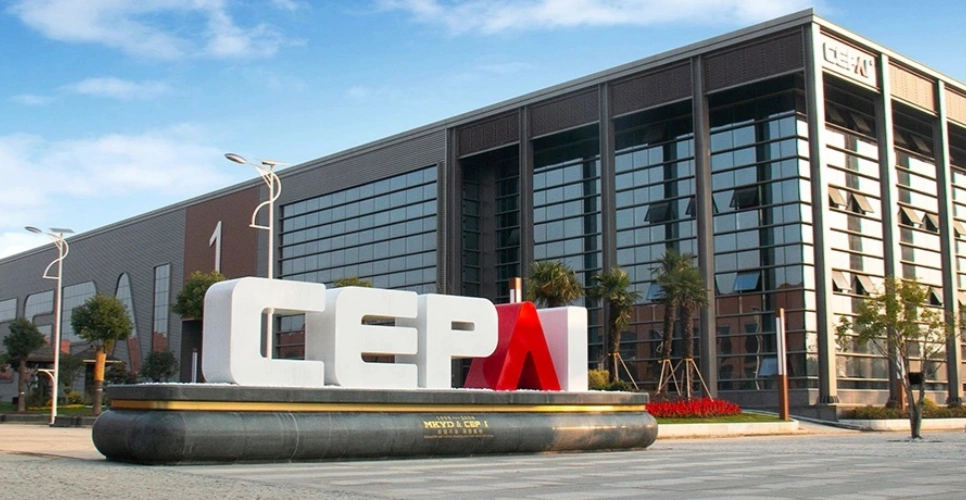
About CEPAI
